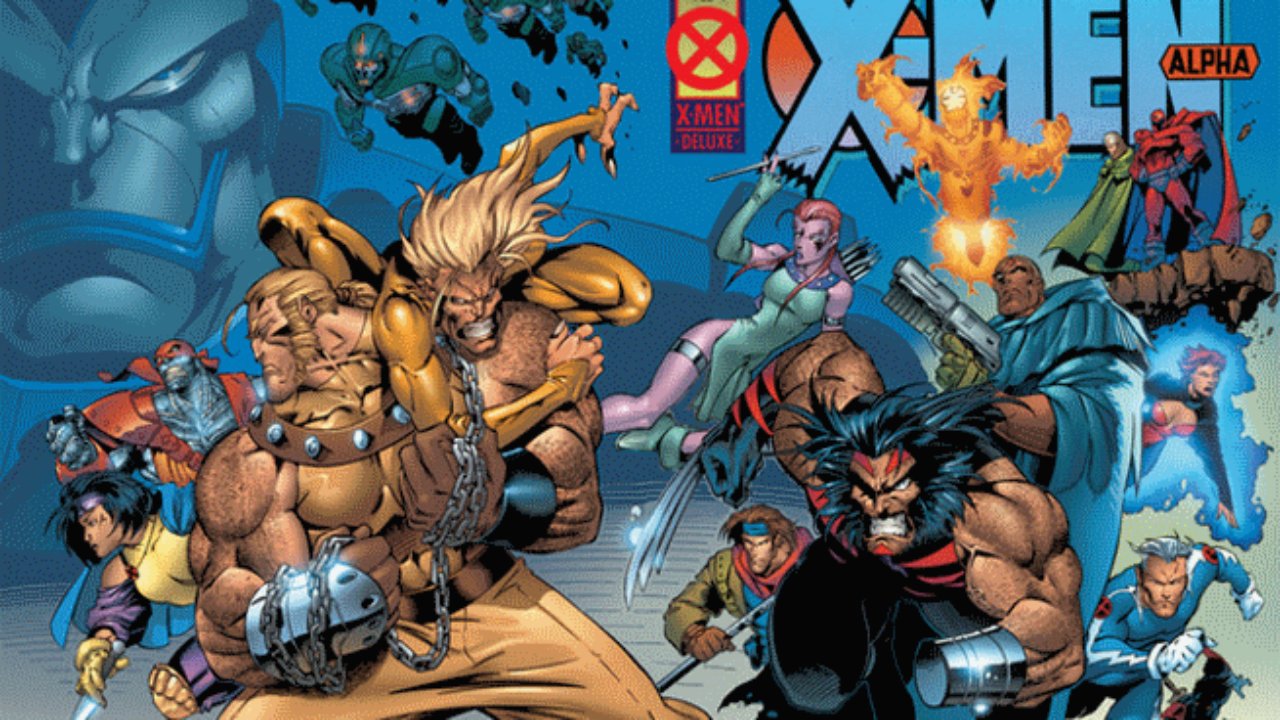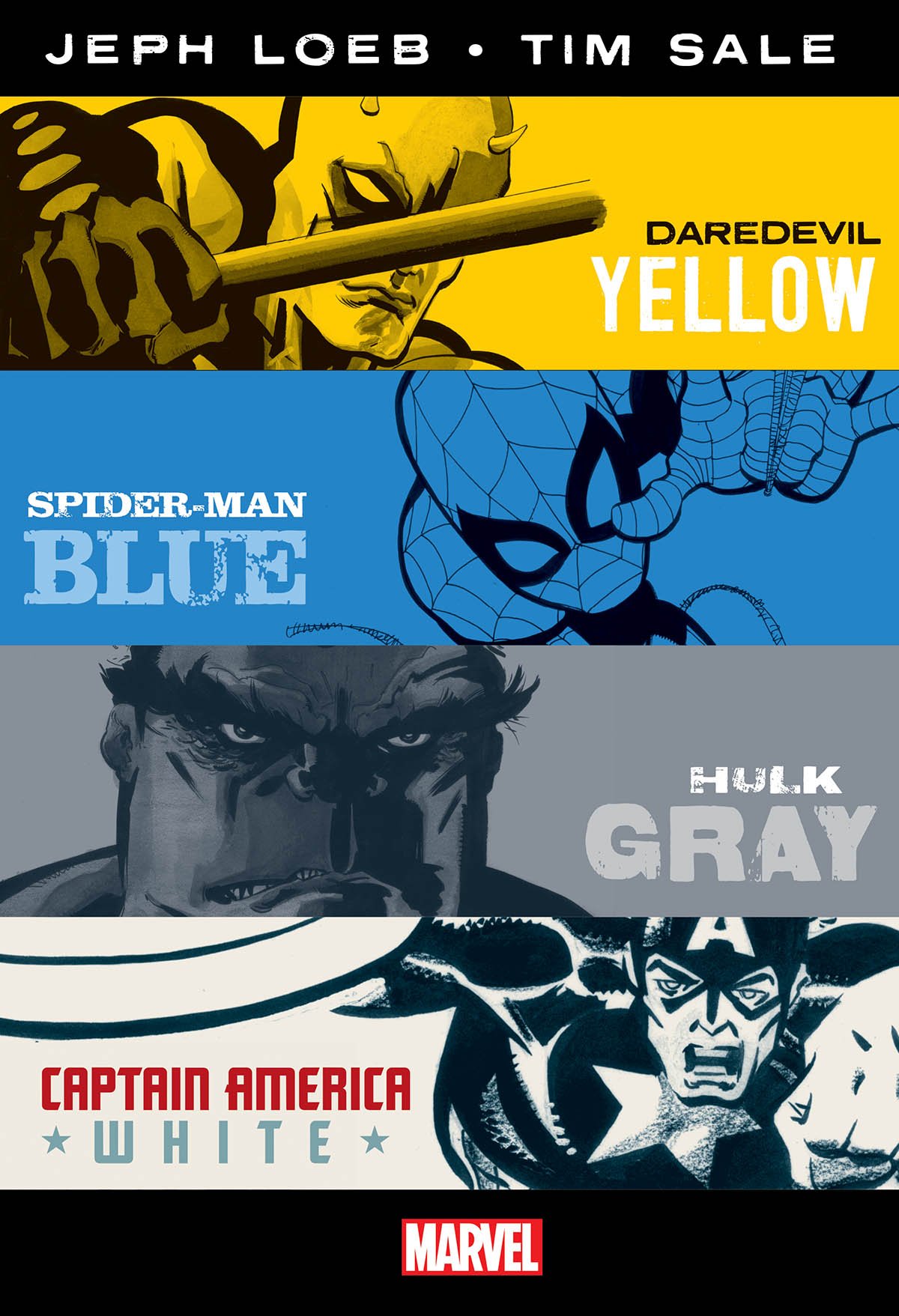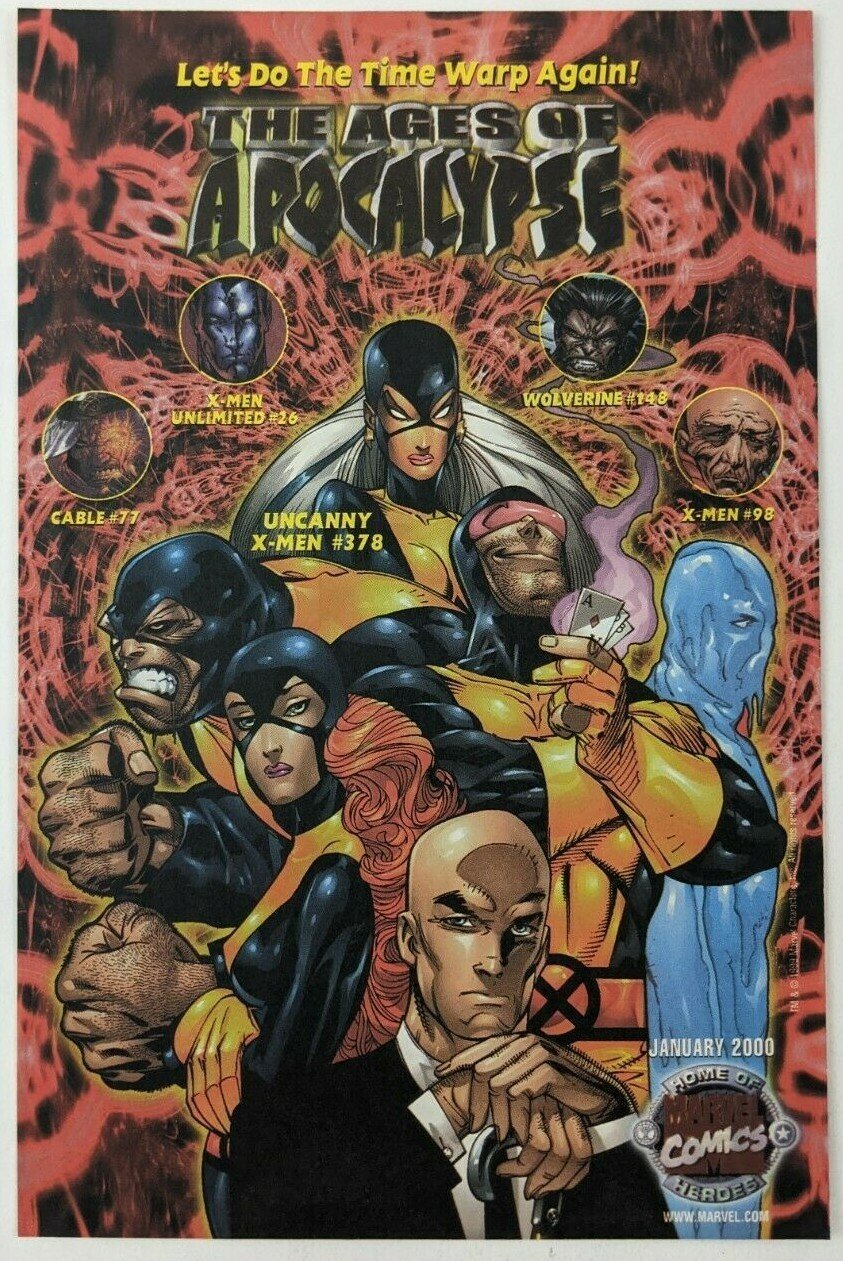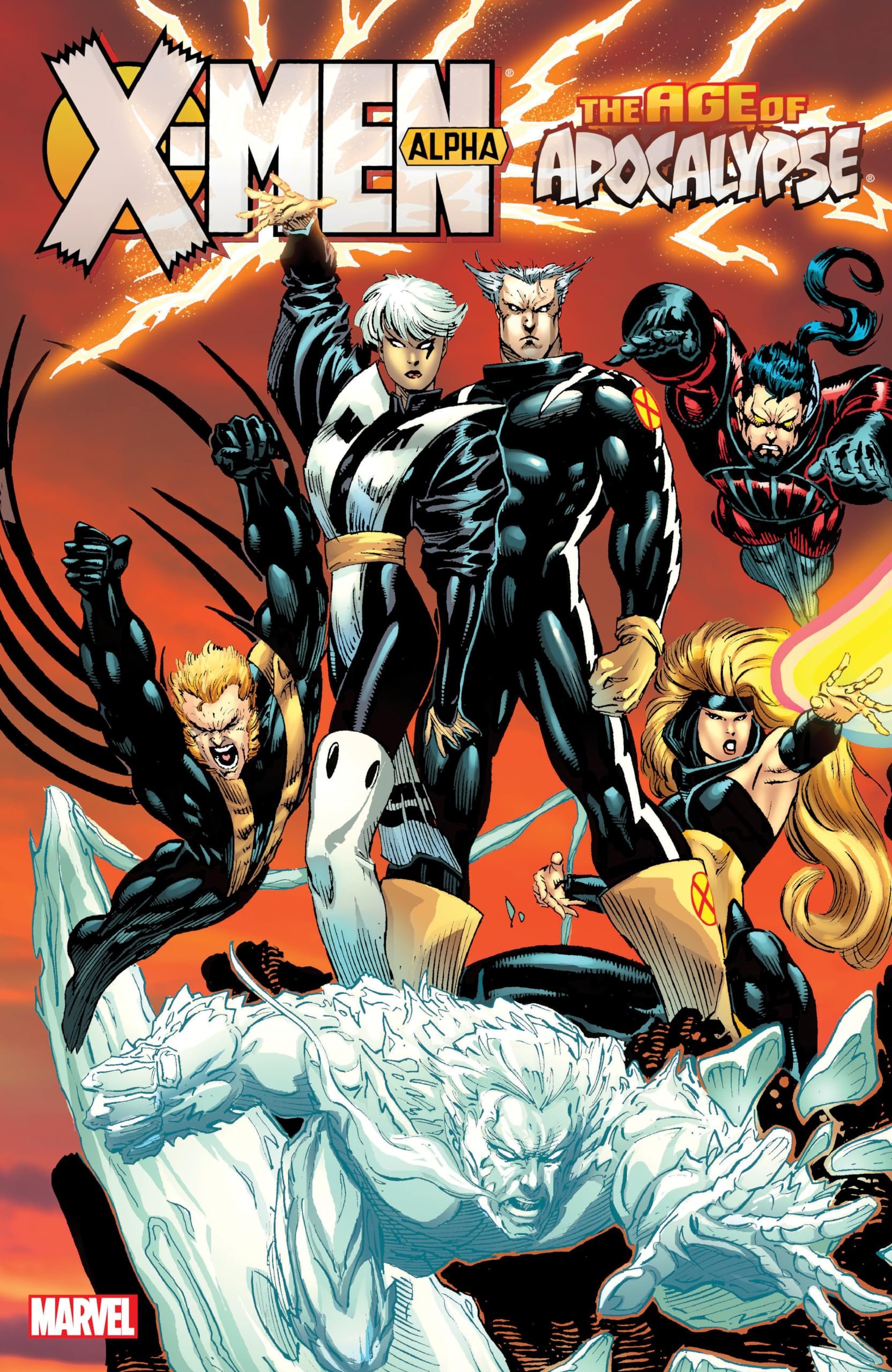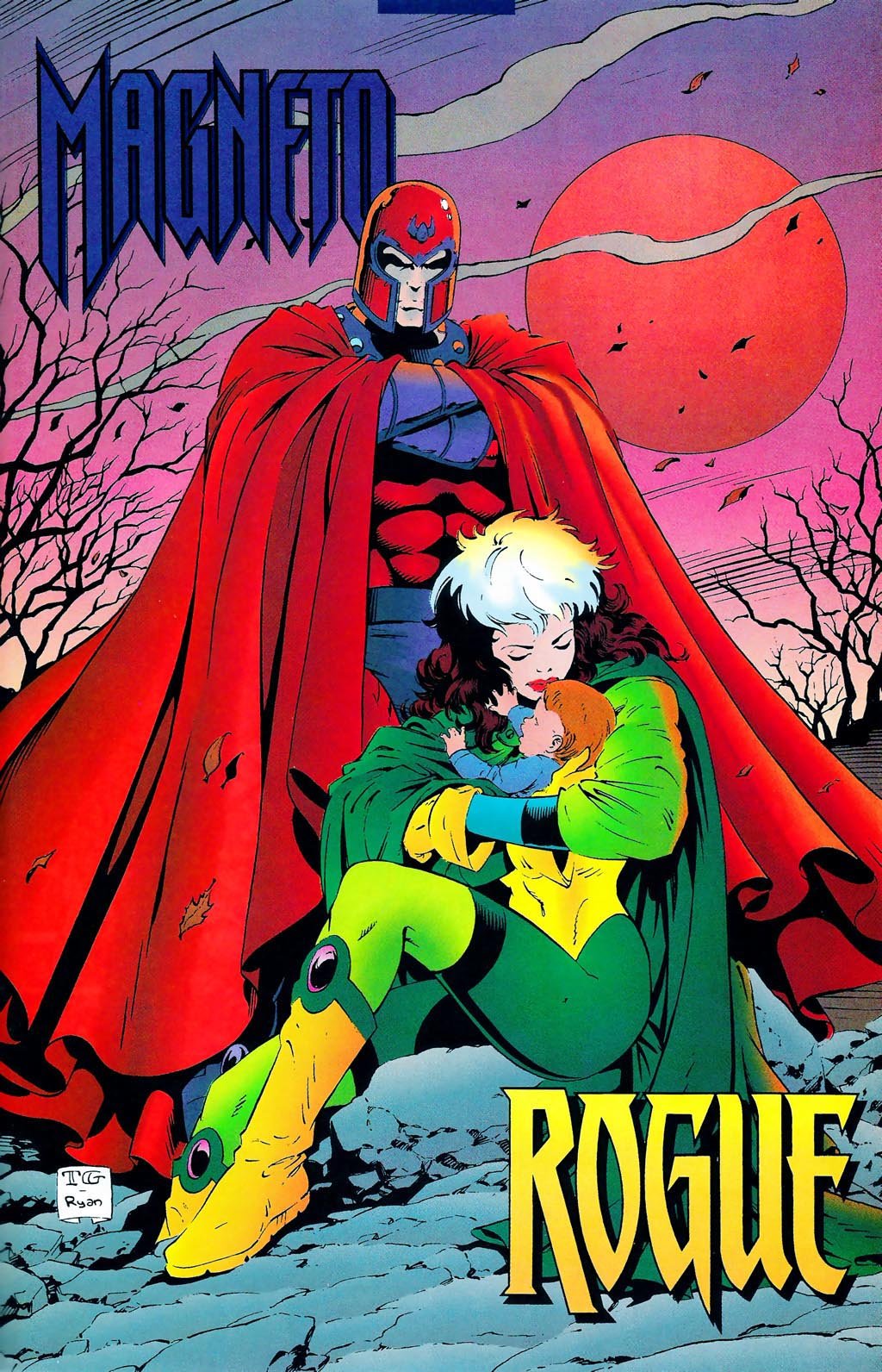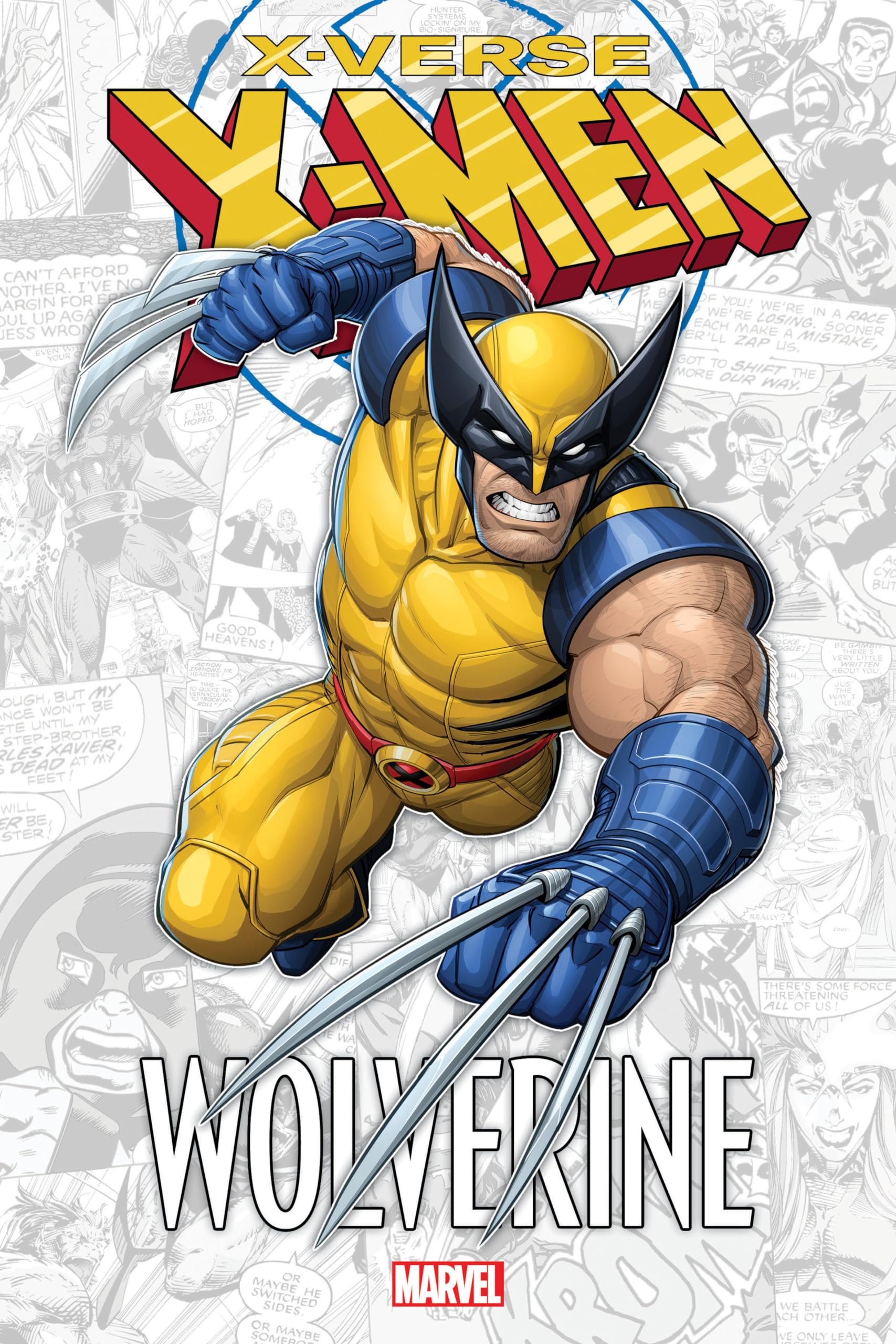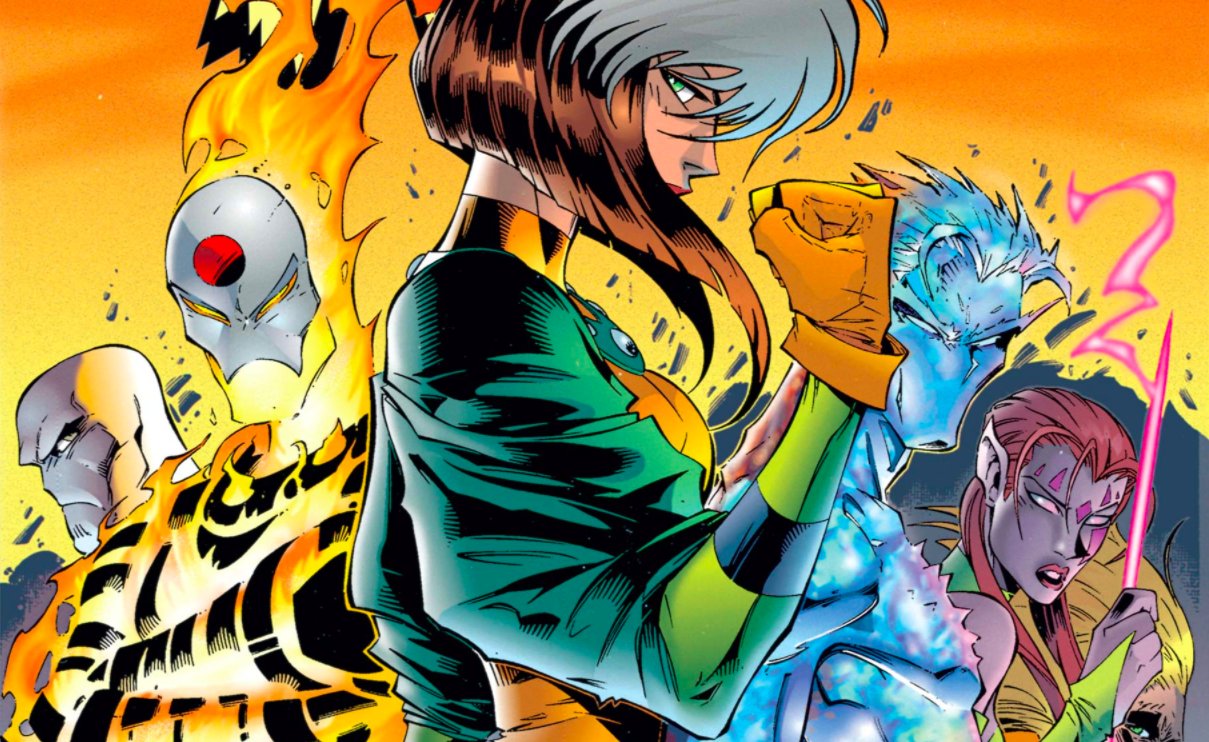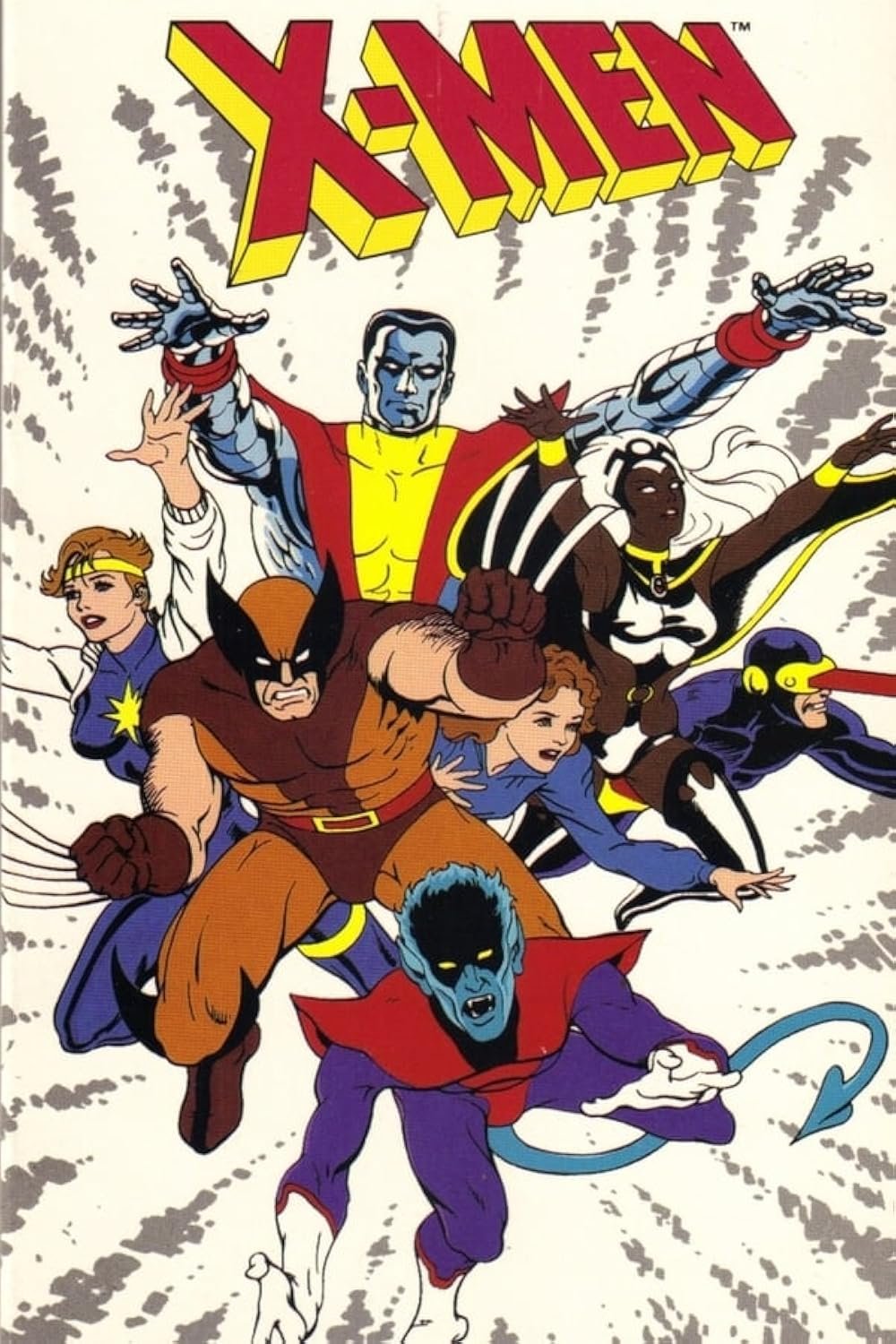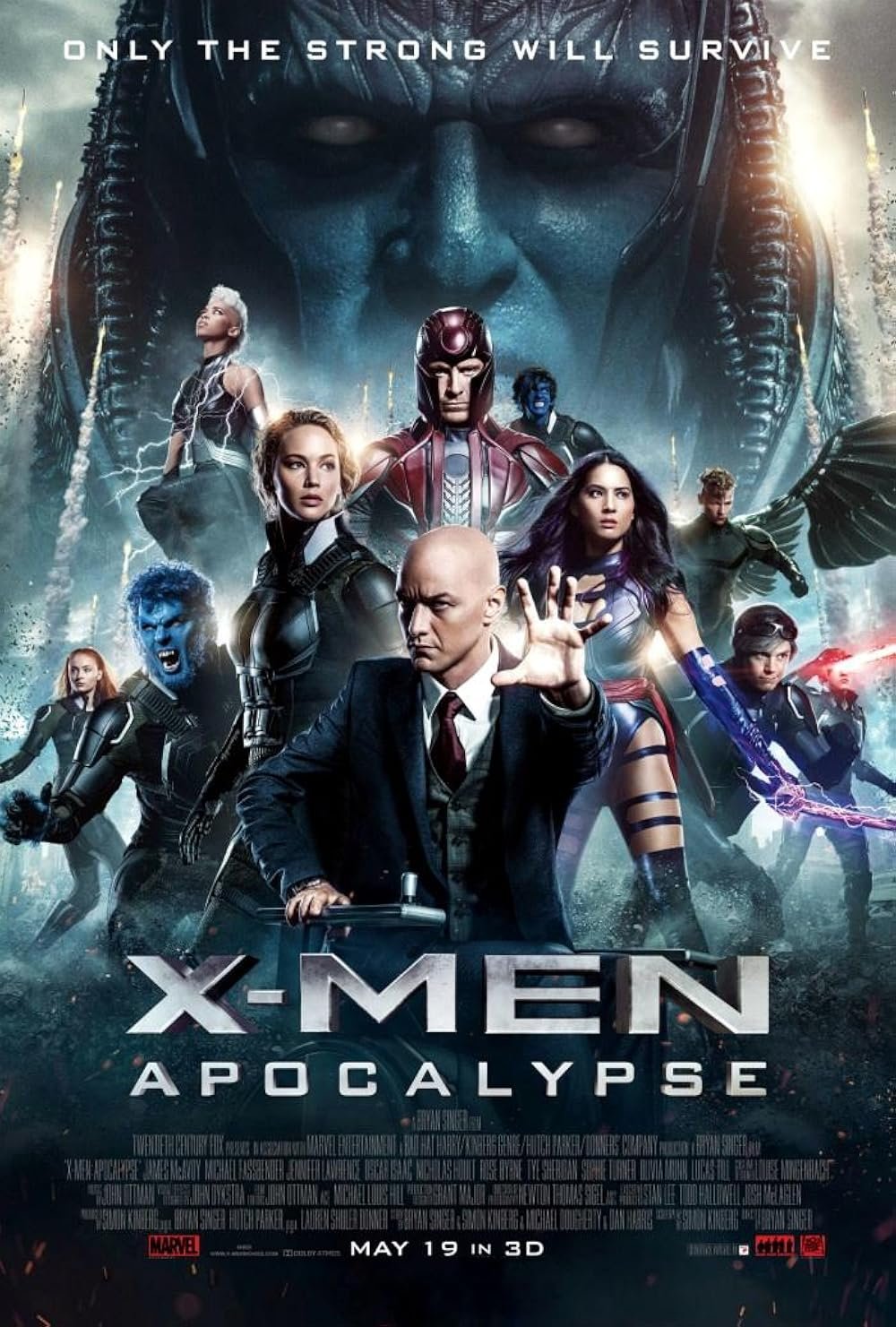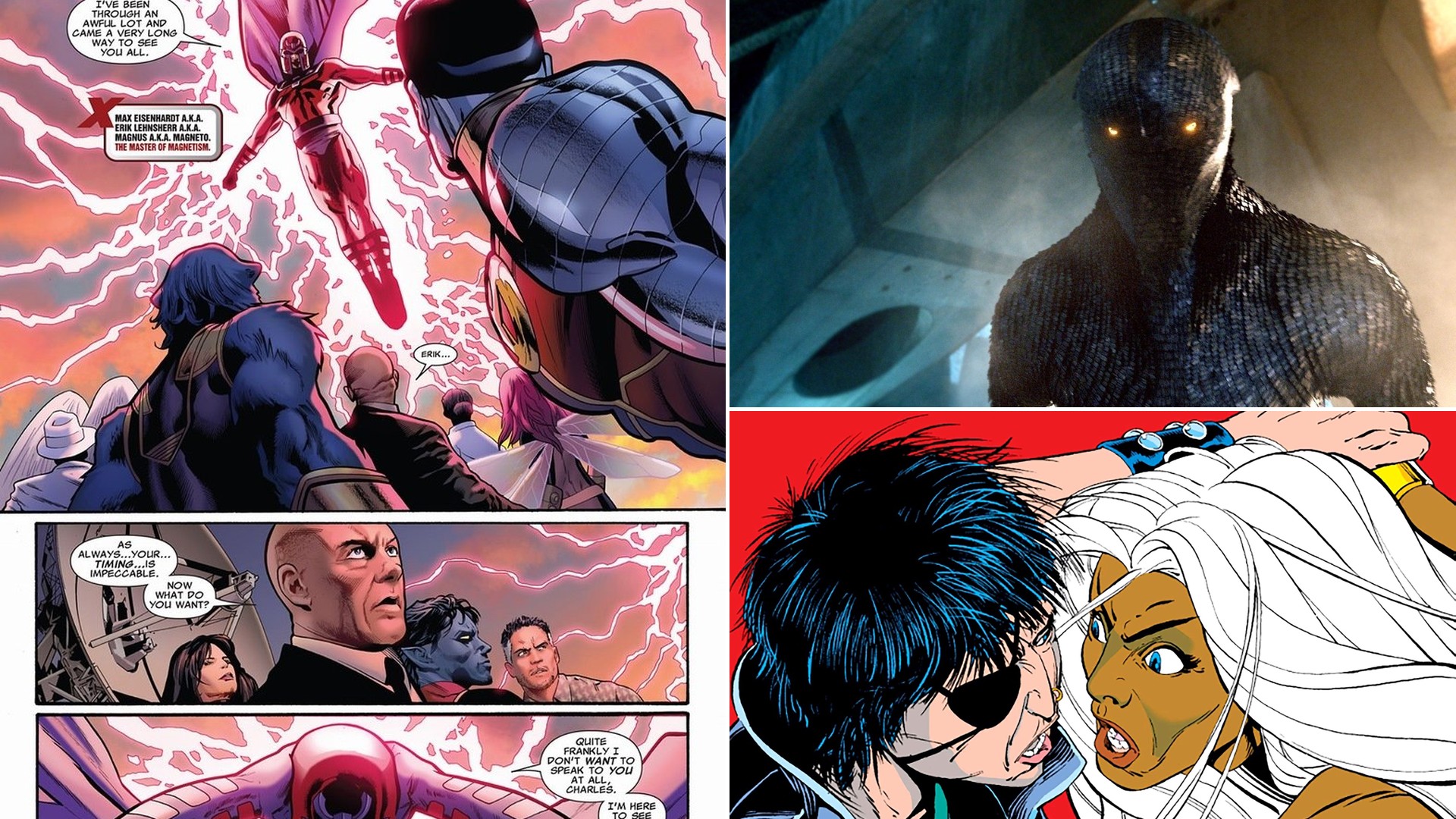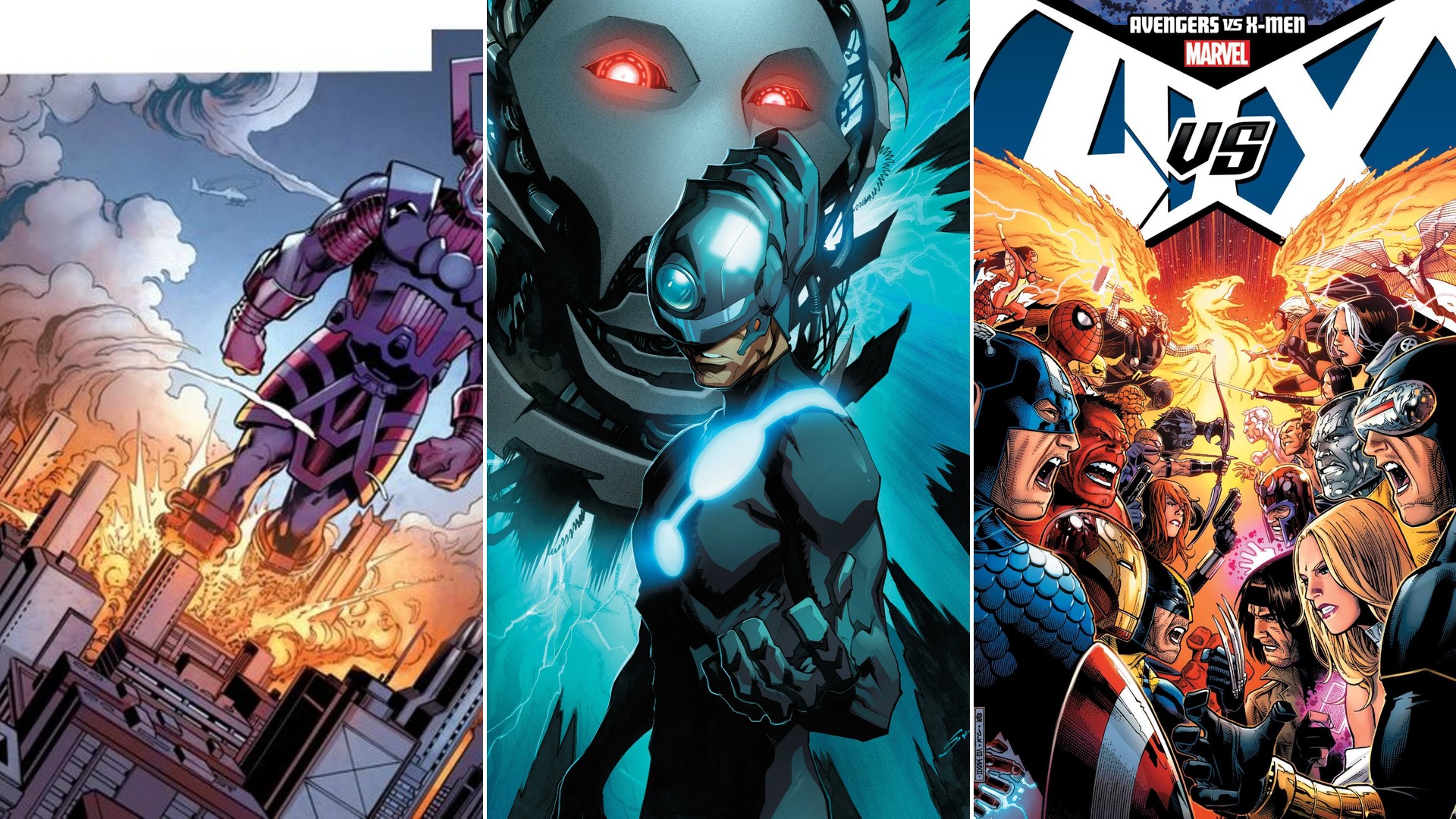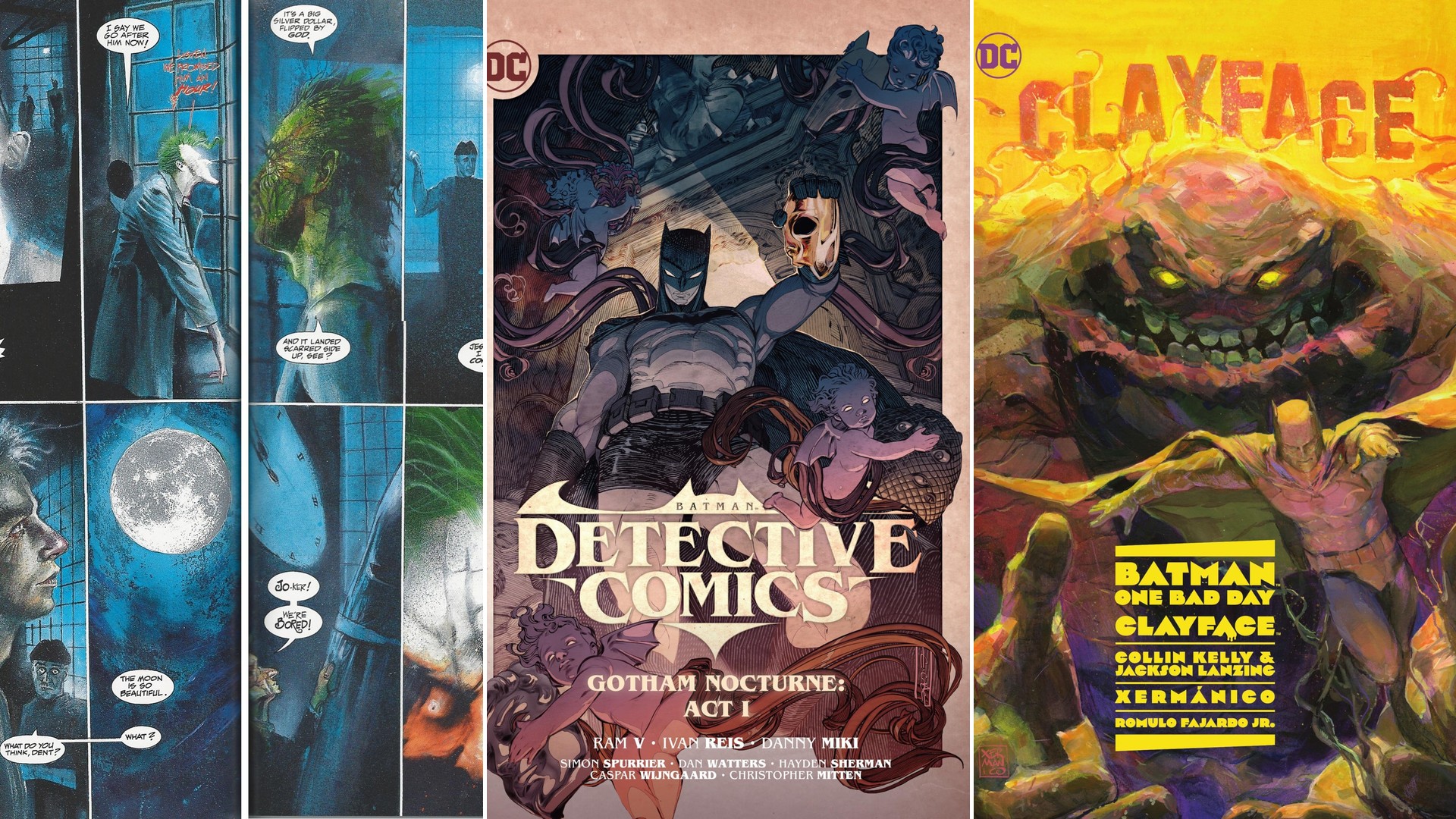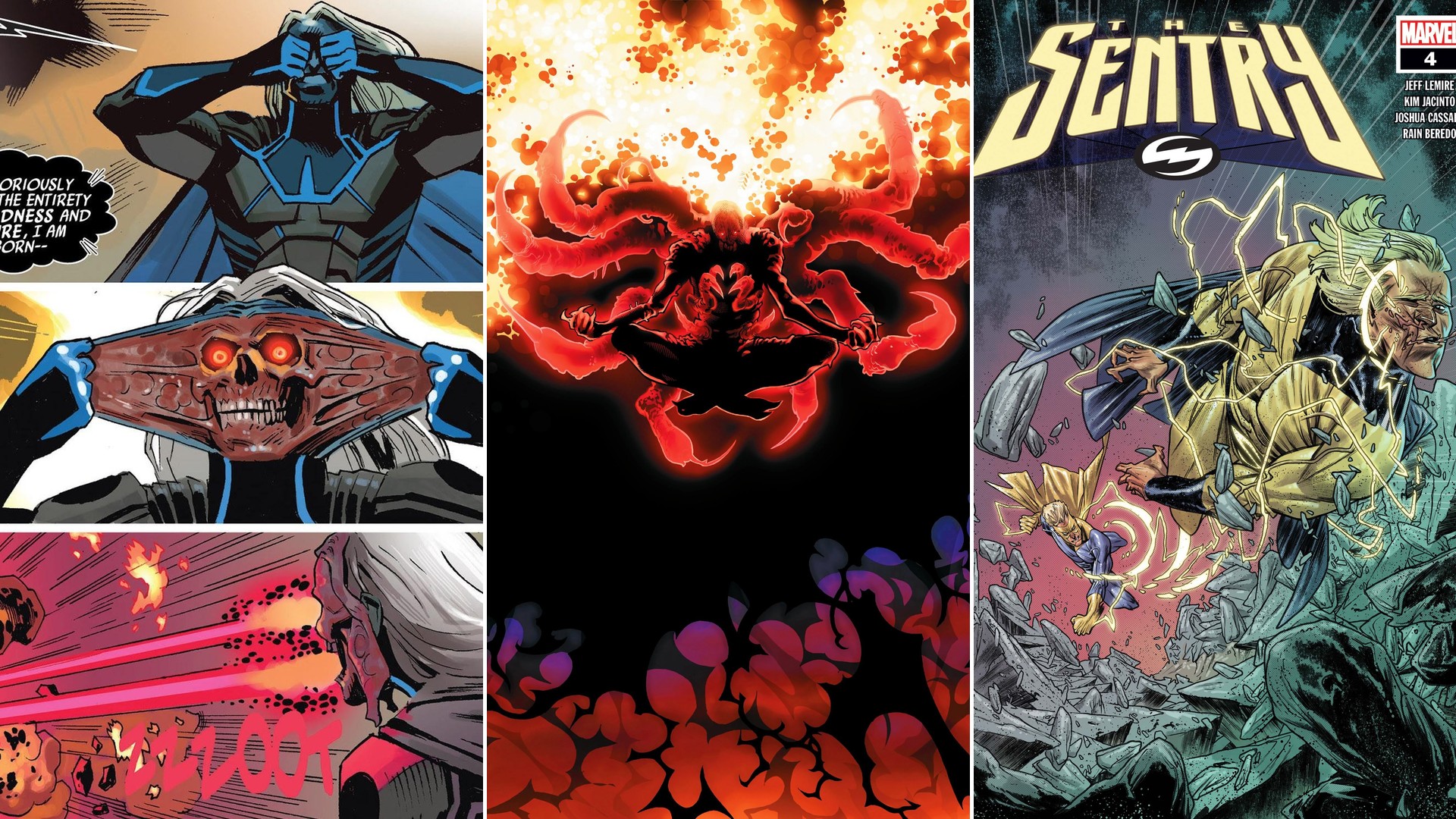Marvel Comics has officially announced the upcoming comic event X-Men of Apocalypse, with the first issue slated for September 2025. This title will mark the return of the ominous world introduced in Age of Apocalypse and promises new twists as classic characters are re-interpreted. Veteran writer Jeph Loeb teams up with the visually dynamic artist Simone Di Meo for this much-anticipated saga that brings a fresh take on some of the X-Men’s most powerful adversaries and allies.
The X-Men of Apocalypse is poised to be a major event for both longtime and new fans. The announcement was made with keen excitement, providing a sense of nostalgia for the epic Age of Apocalypse era while teasing the arrival of alternate versions of familiar mutants. The creative team, story premise, and summer promo from Marvel all set the stage for discussions among comic enthusiasts, especially regarding what this “new kind of Apocalypse” will mean for the team and the Marvel multiverse.
Jeph Loeb and Simone Di Meo Helm the Latest X-Men Event
Acclaimed writer Jeph Loeb returns to Marvel’s X-Men franchise after many years, partnering with artist Simone Di Meo, known for his striking visuals and unique style. Loeb’s long history with Marvel includes celebrated runs on Batman: The Long Halloween, Hulk, and his earlier X-Men work. With Di Meo’s bold, kinetic artwork, fans can expect an event packed with energy, emotional stakes, and visual flair rarely seen in mainstream comics.
Jeph Loeb’s past association with the X-Men franchise adds credibility, while Simone Di Meo’s art direction hints at a visually rich and atmospheric series. Di Meo’s dynamic style has been showcased in acclaimed titles like Boom! Studios’ Seven Secrets and various Marvel projects, making him an inspired choice for an alternate-universe, apocalyptic setting. Their partnership is generating buzz in comic communities worldwide, raising expectations for a series that honors tradition and innovates visually and narratively.
Having a creative team with both storytelling legacy and cutting-edge artistic flair assures that X-Men of Apocalypse will be accessible to new readers while deeply rewarding for longtime fans. The anticipation is further fueled by the scarcity of story details available, creating a sense of mystery about their approach to classic characters like Magneto, Rogue, and Apocalypse himself.
Marvel’s choice to pair Loeb and Di Meo reflects a deliberate commitment to making this X-Men event stand out, both for its writing pedigree and artistic signature. The creative announcement itself has fueled interest across fan spaces, podcasts, and social media.
X-Men of Apocalypse: Release Date and Announcement Details
X-Men of Apocalypse officially begins in September 2025, as revealed in a darkly stylish teaser from Marvel Comics. Advance promotion has emphasized the “brand-new harrowing epic” aspect and featured an intriguing quote implying the return of alternate variants of X-Men icons – particularly characters Magneto and Rogue from the Age of Apocalypse timeline.
Marvel unveiled the X-Men of Apocalypse promo through their main channels, providing glimpses of alternate Earth scenarios and sharply-drawn new character designs. Fan speculation was immediate, with readers eager for hints regarding the story’s placement in current continuity, and whether this marks a direct sequel or a spiritual homage to previous Apocalypse arcs.
The official announcement’s timing has already influenced the summer comics conversation. Several Marvel partners and shops are encouraging pre-orders, suggesting high demand. Promotional materials have avoided referencing the 2016 X-Men: Apocalypse film, focusing instead on the comic legacy and creative team’s credentials. This has positioned the event as a purely comics-driven storyline, with no direct movie tie-in – something fans appear to appreciate.
Each update from Marvel has maintained suspense about which multiversal X-Men and villains will play central roles. This has only increased excitement ahead of preview releases and potential variant covers for issue #1.
Legacy of Age of Apocalypse in Marvel Comics
First published in 1995, Age of Apocalypse remains one of the most influential X-Men stories of all time. This alternate timeline was launched when Legion, the son of Charles Xavier, killed his father in the past, triggering a catastrophic domino effect that allowed Apocalypse to rule Earth unchecked. The event originated with the one-shot X-Men Alpha and ran as a massive crossover replacing the monthly X-titles with apocalypse-themed counterparts.
The original Age of Apocalypse storyline introduced a grim new world where Magneto led the X-Men in Xavier’s absence and mutants’ struggle for survival grew even more dire. The event quickly established itself as more than just a plot device; it reshaped perceptions of Marvel continuity, inspiring later stories to explore darker or divergent realities. Many of the alternate costumes, character arcs, and deaths from this arc are still referenced today.
Creators such as Scott Lobdell, Mark Waid, Roger Cruz, and Steve Epting crafted a complex tapestry where classic heroes and villains underwent dramatic transformations, sometimes exchanging roles or moral outlooks. The saga also introduced beloved versions of characters like Nate Grey (X-Man), Dark Beast, and Holocaust, who would later cross back into the mainstream Marvel Universe.
Reprints, sequels, and spinoffs have kept Age of Apocalypse relevant, from direct revisits to cameo appearances in modern stories. Even outside X-Men comics, the influence is felt whenever Marvel touches upon alternate timelines or multiversal crises.
Recent years have seen the timeline referenced in events like Secret Wars and in multiple X-Men animated series, underlining its enduring appeal for new generations of comic readers.
The Impact of Age of Apocalypse on the Marvel Universe
Age of Apocalypse produced seismic shifts within Marvel continuity. The saga’s popularity established alternate realities as viable sandboxes for major events, allowing creators to experiment without the constraints of primary canon. The bold departures in character design, alliances, and stakes provided a successful template for future crossover events.
Key X-Men like Magneto, Wolverine (Weapon X), and Rogue were deeply affected in ways that rippled throughout future storylines. Magneto, for instance, stepped into the leadership void left by Xavier and was positioned as a complex, often heroic, figure. These depictions altered how fans viewed his character long afterwards, with echoes seen in mainline comics and adaptations alike.
Elements introduced in Age of Apocalypse – such as the culling of humans, the brutality of Apocalypse’s regime, and the moral ambiguity among both heroes and villains – have inspired various popular Marvel events, including House of M and Inferno. These parallels show just how much the original event changed not only the X-Men franchise but also event-driven storytelling in comics at large.
The crossover produced stories where death was permanent and consequences were real, raising expectations for what alternate timeline tales could accomplish. Marvel editors and writers frequently cite the event as a source of creative freedom and experimentation, making it foundational to the publisher’s multiverse lore.
Key X-Men Characters Involved in Apocalypse Storylines
Classic X-Men figures are at the forefront of every Apocalypse-centric saga, with characters like Magneto, Wolverine (known as Weapon X in the AoA universe), Rogue, and of course Apocalypse himself playing leading roles. In Age of Apocalypse and its direct sequels, many other mutants – including Cyclops, Storm, Jean Grey, Beast, and Iceman – experience drastic changes in powers and personality.
The alternate version of Magneto, who leads the X-Men after Xavier’s death, is a highlight for many fans. His relationship with Rogue, who becomes his partner, represents one of the major dramatic shifts introduced in Age of Apocalypse lore. This alternate Rogue has a much more central role in Apocalypse-related plots than her main continuity counterpart.
Weapon X, the AoA Wolverine, is another key figure whose journey in these storylines is often marked by more violent choices. His claws, attitude, and personal losses reflected the darker tone of the event. Other characters like Sabretooth, Blink, and Sunfire also rose to prominence in this harsh timeline, with some becoming cult favorites until today.
Apocalypse’s Four Horsemen, a recurring motif in every version of this saga, always play a pivotal role. Each iteration brings a new spin on familiar mutants forced (or willing) to serve as agents of the ancient mutant’s destructive vision. These roles are often assigned to traditional heroes, tweaking the dynamics of heroism and villainy in Marvel’s world.
Alternate Realities and Multiverse Connections
The X-Men books frequently explore alternative timelines, providing fertile ground for events like Age of Apocalypse and its new spiritual successor in X-Men of Apocalypse. These stories delve into what if scenarios that allow established characters to act in radically different ways, sometimes even as antagonists.
Earth-295, the original Age of Apocalypse universe, is one of the best-known Marvel alternates and remains a prime example of how the multiverse works in comics. Characters from this timeline have crossed into the mainstream universe and even interacted with other alternate worlds, increasing the complexity of Marvel’s multiverse map. The upcoming X-Men of Apocalypse series is likely to revisit such crossovers, leveraging the scope of the multiverse.
Many X-Men events since Age of Apocalypse have featured heroes traveling between realities, facing versions of themselves or completely different teams of mutants. This has led to storylines where characters like Onslaught, Ultimate Sabretooth, or Wolverine variants play major parts.
Recently, alternate-universe X-Men have battled multiversal threats, as seen in Weapon X-Men, where Wolverine from the AoA timeline led a team fighting an army of displaced Wolverines. These crossovers are possible because of the strong tradition of parallel universes in Marvel’s narrative framework.
Major Events Involving Magneto, Rogue, and Weapon X
Events focused on Magneto, Rogue, and Weapon X are central to the lore of Age of Apocalypse. Magneto’s leadership in the alternate world is defined by his intense resolve to preserve Xavier’s dream in a much harsher reality. His relationships – with Rogue, his team, and even his enemies – shape the story’s emotional depth and continue to influence modern X-Men arcs inspired by the original event.
Rogue’s character in these events is markedly different: she becomes Magneto’s confidante and partner, stepping away from her classic relationship with Gambit to take on a more commanding, complex role. This dramatic switch gave her new storylines, highlighting her leadership and resilience, making her a central figure in the Age of Apocalypse timeline and its offshoots.
As Weapon X, the alternate Wolverine’s battles and losses represent the emotional core of many stories. His arc in the Age of Apocalypse isn’t just about surviving, it’s about dealing with the guilt and sacrifices that come with endless conflict. The 2024 Weapon X-Men series, featuring the AoA’s Wolverine, continued this tradition as he led his multiversal team against an incarnation of Onslaught, reinforcing his legacy as a pillar of these apocalyptic arcs.
The interplay among these characters – whether as allies, lovers, or rivals – drives much of the tension and action in Apocalypse-related storylines, ensuring they remain some of the most beloved X-Men tales among fans.
The Role of Onslaught and Other Multiversal Threats
Onslaught is another multiversal villain whose interactions with the X-Men, especially in alternate realities, have become pivotal to large crossover events. Onslaught was originally born from the combined consciousness of Professor X and Magneto’s darkest thoughts, making him a powerful and unpredictable foe. In multiverse stories, Onslaught’s menace grows as his inherent psychic and physical powers cross timelines.
Recent events, such as the Weapon X-Men team-up, have seen Onslaught facing off against armies of Wolverines from all over the multiverse. These stories highlight not only the complexity of Marvel’s ever-growing alternate timeline system but also the creative freedom these threats allow. Bringing together different takes on established heroes, Marvel crafts epic showdowns with massive stakes not possible in primary continuity.
Other villains with a multiversal reach, such as alternate Sabretooths or variant Apocalypse disciples, have often joined or opposed the core cast, adding depth to the antagonistic side of these stories. This not only increases danger but also offers opportunities for redemption arcs, double-crosses, or team-ups rarely possible in straightforward narratives.
X-Men in Other Media: From Comics to Film and TV
Beyond comics, the X-Men and Age of Apocalypse concepts have made their way into television, animation, and film. The very first major animated introduction occurred in the 1989 Pryde of the X-Men pilot, which set the stage for later, more successful series in the 1990s. The Age of Apocalypse timeline has been referenced across multiple X-Men animated episodes, with alternate reality stories allowing showrunners to depict darker, high-stakes adventures on screen.
X-Men movies produced by 20th Century Fox have occasionally adapted elements from the Age of Apocalypse, especially concerning character relationships and visual design. However, most direct adaptations remain within comics and animation, where complex alternate timelines are easier to explore. The X-Men’s presence in video games and merchandise also reflects the popularity of these stories, with AoA-inspired costumes, scenarios, and collectables often highlighted.
Marvel’s approach to cross-media storytelling has ensured that new generations become familiar with the core ideas behind Age of Apocalypse, whether through streaming animated adaptations or large-scale movie projects. The franchise’s enduring success owes much to its willingness to take creative risks, portraying heroes and villains in new lights across different platforms.
The 2016 X-Men: Apocalypse Movie and Its Reception
Directed by Bryan Singer, X-Men: Apocalypse (2016) attempted to adapt elements from the beloved comic event for mainstream audiences. Oscar Isaac starred as Apocalypse, with returning favorites James McAvoy as Professor X, Michael Fassbender as Magneto, and Jennifer Lawrence as Mystique. The film presented Apocalypse as an ancient mutant bent on world domination, recruiting Four Horsemen among the X-Men to aid in his apocalyptic plans.
The film received mixed reviews from critics, who praised some performances and action but criticized the script’s execution and pacing. Although not a direct retelling of the Age of Apocalypse storyline, it drew inspiration from its dark atmosphere and some character beats, integrating fan-favorite actors and blockbuster-level special effects.
Despite the lukewarm critical reception, X-Men: Apocalypse still performed well commercially, earning over $543 million globally. The movie’s visual takes on Apocalypse, Magneto, and Psylocke, among others, influenced later appearances and gave the franchise some of its iconic imagery – even as hardcore fans noted the departure from comic lore.
Marvel’s recent X-Men of Apocalypse announcement for the comics has deliberately avoided references to this film era, signaling a return to purely comic-driven storytelling for this beloved arc.
The Future of X-Men Stories at Marvel Comics
With X-Men of Apocalypse on the horizon, Marvel signals its ongoing commitment to revitalizing classic arcs while forging new territory. The choice of respected talents like Jeph Loeb and Simone Di Meo for this project assures that storytelling and artwork will meet high fan expectations. As Marvel expands its multiverse, exploring alternate versions and unlikely alliances, the X-Men remain at the heart of innovative comic narratives.
The announcement of the new event arrives at a time when X-Men properties are gaining fresh interest in comics and beyond. Current and upcoming animated projects, new comic runs, and the looming reboot of the X-Men in live action underscore Marvel’s belief that mutant stories remain central to its brand.
Readers should expect new interpretations of old favorites, bold takes on apocalypse-centric conflicts, and more intertwining of mainline and alternate realities. Teasers suggest meaningful consequences, not just empty nostalgia, hinting that X-Men of Apocalypse could set the standard for how big events are crafted in modern comics.
Continued cross-media resonance – with the X-Men returning in the Marvel Cinematic Universe and more game tie-ins on the way – means the influence of Apocalypse-era stories is likely only to grow. This new comic series will serve as a touchstone for whatever comes next for the X-Men and their fans.
